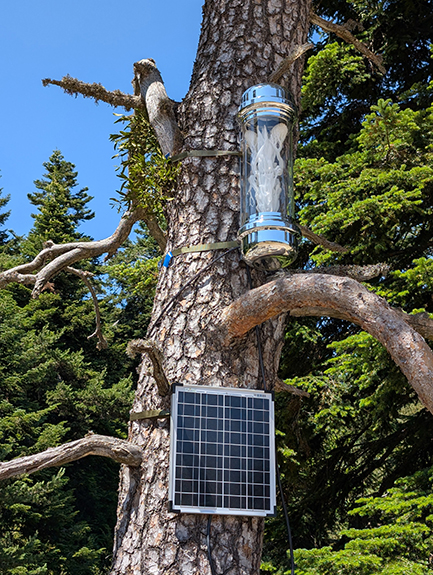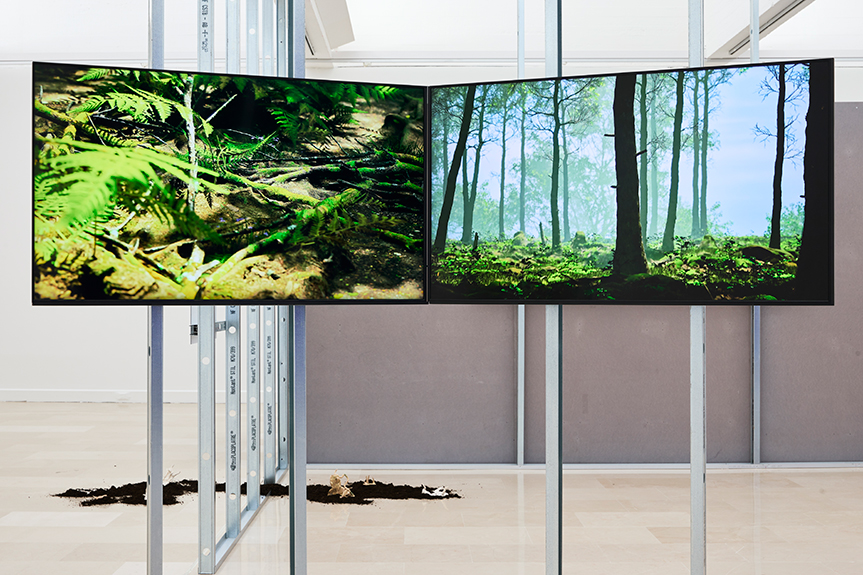20 septembre • 19 octobre
Opening reception: Saturday 20 September at 11 a.m.
Curator : Fabienne Grasser-Fulchéri, director of the eac.
In partnership with
Villa Arson, Nice
Syndicat mixte des stations de Gréolieres - L’Audibergue
Communauté d'Agglomération du Pays de Grasse
—
media partnerships
—
The term Highway Hypnosis refers to a particular mental state in which a driver can cover long distances, respond to external events, but has no memory of having driven consciously. The body acts automatically, while the mind drifts elsewhere. The exhibition titled Highway Hypnosis draws a parallel between the road’s repetitive rhythm and the ordered lines of agricultural landscapes, to rows of vegetables planted in straight grids and greenhouses where plants are cultivated and endlessly multiplied. It evokes the same logic of repetition, continuous scrolling, and controlled alignment. Within the exhibition, we are confronted with the way nature is manipulated and transformed - up to the point where it becomes artificial, fragmented, analyzed, digitized.
Annika Boll’s practice operates at the intersection of technology and the living.She works with digitization tools such as photogrammetry, 3D modeling, and algorithmic animation to convert natural, analog forms into digital data. A process she describes with a hint of irony as “digital gardening.” She carefully scans real elements to produce geometric shells, essentially empty, wrapped in photographed textures. These copies, both hyper-realistic and ghost-like, are either integrated into digital environments or physically reactivated through installation or sculpture.
The materials she uses are chosen for their potential ambiguity: 3D plastic prints of real scanned plants, representations of artificial nature on over-saturated screens, or mass-produced objects repurposed from the advertising world. Annika employs seductive visual codes to trap the gaze - artificial or shiny colors to catch attention, systems of rotation or endless loops to create a tension between fascination and discomfort. She seeks this complicity between the desire to see and an creeping disgust about what we are really looking at, where aesthetic pleasure happens even though what we engage with may not be real or alive.
This production of transformed life highlights our mechanistic attempts to understand and classify the living as a series of actions and reactions, more as a collection of small interconnected machines than as whole organisms. The exhibition seeks to visually uncover the ecological and perceptual grey zones that emerge when life becomes data, image, décor, or product. These works replay the logics of cataloging, duplicating, archiving the living; as if digitizing or storing could mean protecting.
The point is not to condemn technology. Rather, it is about revealing its pervasive presence in our daily lives, and realizing its effects - on our unconscious perceptions, our artificial emotions, our manufactured desires. To quote James Bridle, “conscious attention is a necessary condition for acting correctly and justly in the world.” It is this attention tow our modern condition perceiving the world around us that the exhibition seeks to highlight.




